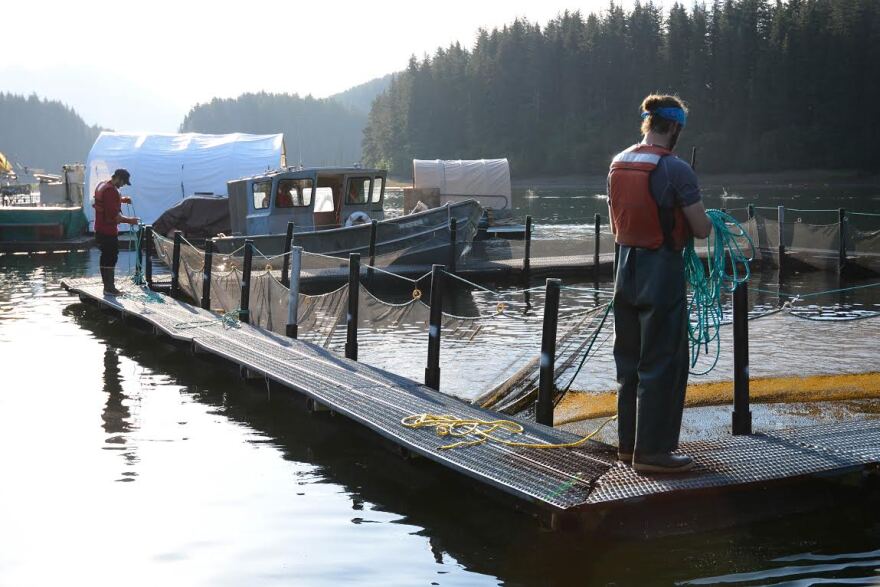If the executive director of the Cook Inlet Aquaculture Association could pick any day he wanted to make one of his regular reports to the Homer City Council, he could have done much worse than Monday.
Earlier in the day the Alaska Division of Parks began taking public comment on the new draft of the Kachemak Bay State Park Management Plan, which happens to include shutting down the organization’s Tutka Bay Lagoon Hatchery. Quite a bit of the audio conference questions and answers concerned the hatchery.
That very night, and perhaps not coincidentally, the Homer City Council had before it a resolution addressing the changes Parks is considering, and expressing support for the CIAA. The resolution passed on a 4-to-3 vote with co-sponsor Mayor Ken Castner casting the tie-breaker.
The executive director of the Cook Inlet Aquaculture Association is Dean Day. In his short report, he said the organization, a 501(c)3 non profit formed in 1976, has four hatcheries, but is currently only operating three of them.
“Two of those hatcheries are state-owned. Trail Lakes Hatchery, which is primarily central incubation facility for sockeye. We also do coho rearing there as well. Tutka Bay Lagoon, again, which is state owned, we focus on pink and sockeye gamede collection there only. Port Graham Hatchery takes care of the pinks,” Day said. “Our Eklutna hatchery, we have an agreement with ADF&G, (where) they actually utilize our Eklutna Hatchery for imprinting chinook.”
But Day said hatcheries are only a part of the aquaculture association’s operations.
“We do monitoring for salmon migration. We have crews on site that go out and monitor smolt out-migration, for example, on the Kasilof, Hidden Lakes, Kirshner. Just a number of different lakes that we do that,” he said. “We also operate flow-control structures and fish ladders. Paint River was a significant investment that Cook Inlet Aquaculture undertook a number of years ago.”
Day admitted that funding through what are called “cost-recovery” fisheries, where an aquaculture association is given a certain allocation of the return to earn money from, has always been controversial, but it is only one of the funding mechanisms it uses.
“Cook Inlet Aquaculture is funded by the Salmon Enhancement Tax, cost-recovery licensing, contract fish production and by grants,” Day said. “And I just want to make (you) aware that there’s always been some level of controversy towards Cook Inlet Aquaculture taking fish. Because we are board managed, it’s the actual board of directors, stakeholders, that are making the decisions to make investments for other projects throughout the area.”
The next public audio conference meeting by the Alaska Division of Parks on the draft Kachemak Bay State Park Management Plan is scheduled for the afternoon and evening of Jan. 5. The deadline for submitting comments on the plan is Jan. 21.
Aquaculture Assn. chief shares mission update with city council

Cook Inlet Aquaculture Association



